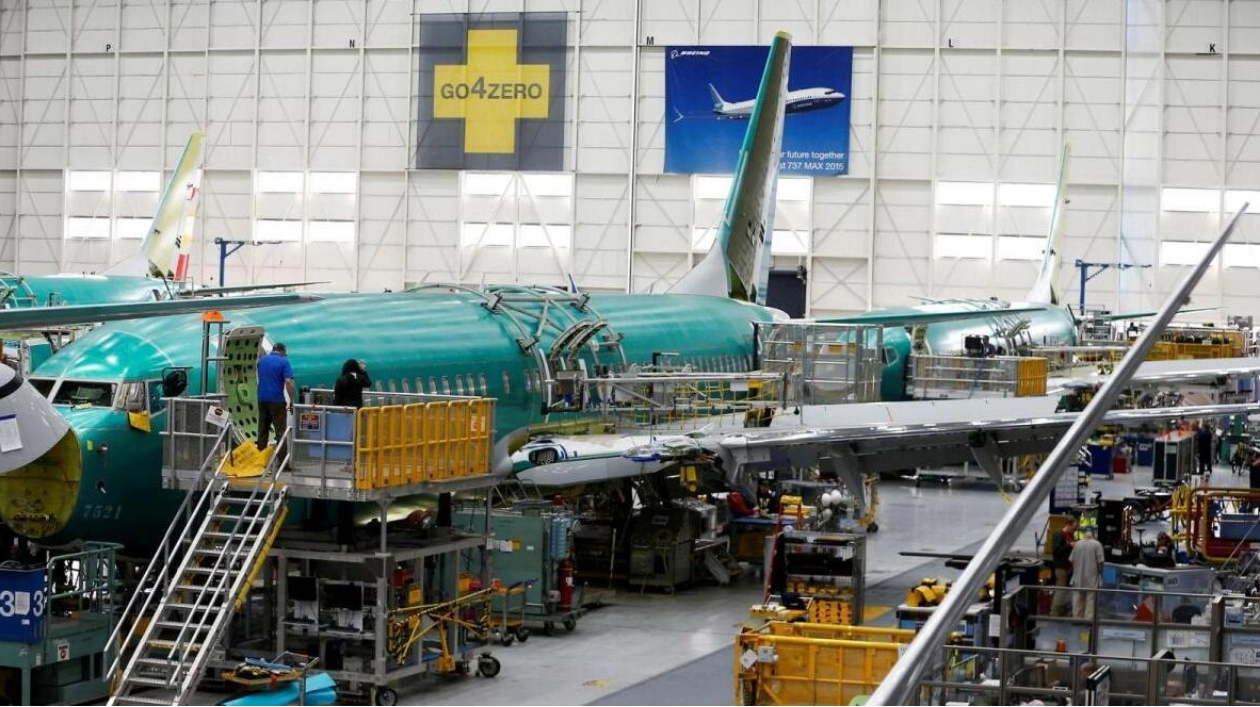The Federal Reserve reported on Thursday that US industrial production experienced a significant decline in July, attributing this to the greater-than-anticipated effects of Hurricane Beryl. This development may intensify demands for the Fed to reduce its pivotal lending rate from its peak in two decades next month, as its ongoing fight against inflation continues to influence the overall economy.
According to the US central bank's statement, total industrial output decreased by 0.6 percent in July compared to the previous month, which had seen a revised increase of 0.3 percent. This drop was notably below the market's forecast of a 0.1 percent rise, as noted by Briefing.com. The Fed highlighted that industrial production was notably impacted by early July shutdowns, primarily in the petrochemical and related sectors, due to Hurricane Beryl making landfall in Texas.
The manufacturing sector saw a 0.3 percent decrease, largely due to a nearly eight percent drop in the motor vehicles and parts index. However, excluding this sector, the manufacturing index actually rose by 0.3 percent, the Fed noted. Meanwhile, the mining index remained stable, while the utilities index fell by 3.7 percent.
Economists at High Frequency Economics (HFE) commented in a client note on Thursday, "Normally, manufacturing rebounds after a disaster-related temporary shutdown," suggesting that the situation might not be as dire as it initially appears.






